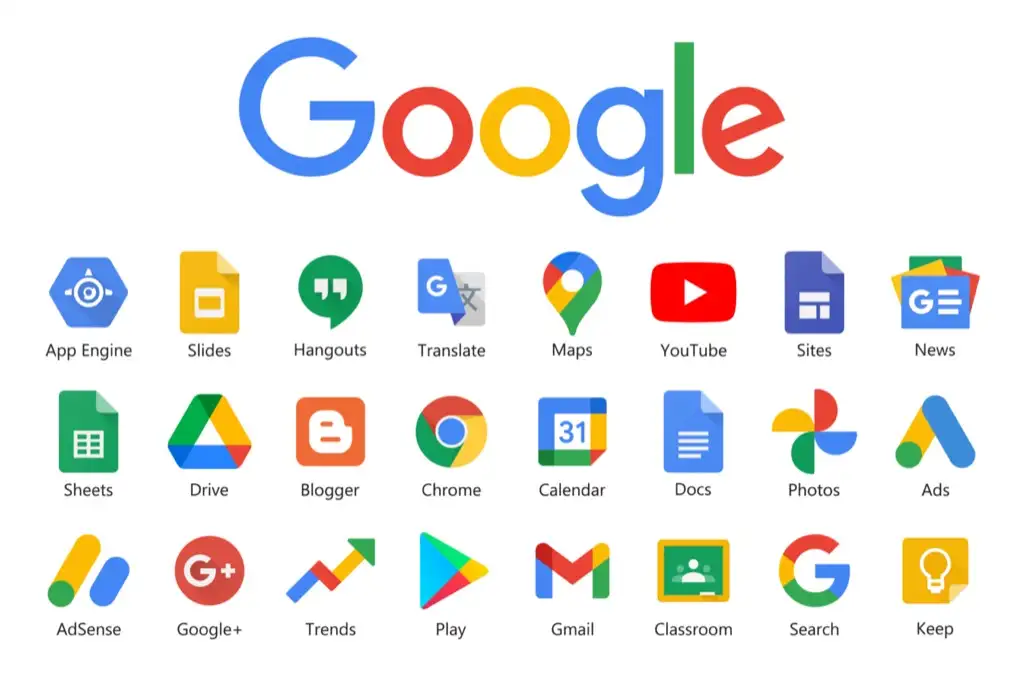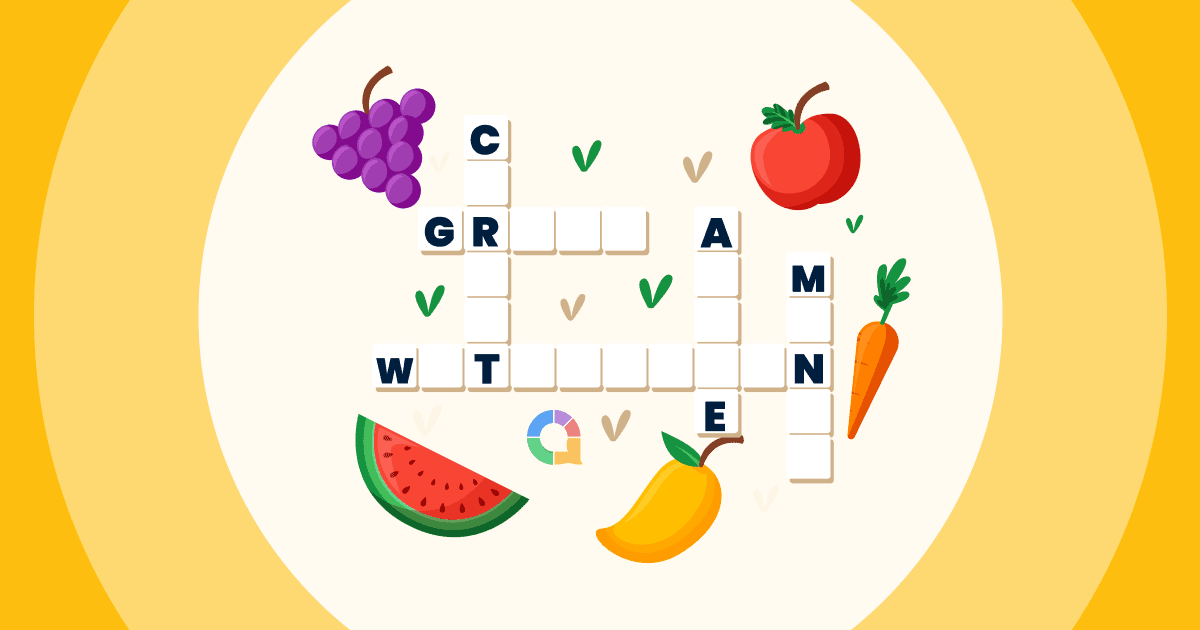Pamiętasz szkołę, prawda? To miejsce, w którym rzędy zmęczonych uczniów stają przed tablicą i nauczyciel mówi im, że powinni się tym zainteresować. Poskromienie złośnicy.
Cóż, nie wszyscy uczniowie są fanami Szekspira. W rzeczywistości, szczerze mówiąc, większość twoich uczniów nie jest fanami większości tego, czego uczysz.
Chociaż możesz zwiększyć zaangażowanie w swoich klasach, nie możesz wymusić zainteresowania.
Smutna prawda jest taka, że w ich obecnym środowisku edukacyjnym wielu uczniów nigdy nie odnajdzie swojej pasji w żadnym szkolnym programie nauczania.
Ale co by było, gdybyś mógł ich czegoś nauczyć one chciał się uczyć?
Co by było, gdybyś mógł odkryć te pasje i pomóc uczniom rozwinąć umiejętności, których potrzebują, aby osiągnąć w nich sukces?
Taki jest pomysł nauka indywidualna.
- Czym jest nauka indywidualna?
- Jak to wygląda w klasie?
- 4 kroki do zindywidualizowanego nauczania
- Plusy i minusy
- Rozpocznij
Co to jest nauczanie indywidualne?

Jak sama nazwa wskazuje, nauka indywidualna (lub „indywidualne nauczanie”) polega na: indywidualny.
Nie chodzi o Twoją klasę, grupy uczniów, ani nawet o Ciebie – chodzi o traktowanie każdego ucznia indywidualnie, a nie jako części zbiorowości, i zapewnienie, że uczy się w sposób, w jaki chce się uczyć.
Indywidualne nauczanie to m.in innowacyjna metoda nauczania w którym każdy uczeń przechodzi przez program nauczania, który został specjalnie zaprojektowany dla niego. Podczas lekcji siedzą z kolegami z klasy, ale przeważnie pracują w pojedynkę, aby wykonać własny zestaw zadań na dany dzień.
Na każdej lekcji, w miarę jak uczniowie przechodzą przez te różne zadania i dostosowują swój program nauczania do indywidualnych potrzeb, nauczyciel nie naucza, lecz oferuje każdemu uczniowi spersonalizowane wskazówki, gdy ten ich potrzebuje.
Jak wygląda zindywidualizowane nauczanie w klasie?
Jeśli jeszcze nie widziałeś, jak wygląda nauka zindywidualizowana w praktyce, prawdopodobnie myślisz, że panuje tam absolutny chaos.
Być może wyobrażasz sobie nauczycieli biegających po klasie, próbując pomóc 30 uczniom w 30 różnych tematach, przy czym uczniowie się wygłupiają, a nauczyciele mają zajęte ręce.
Ale rzeczywistość jest taka, że zindywidualizowane uczenie się często wygląda różne. Nie ma formatu szablonowego.
Weźmy ten przykład z Quitman Street School w USA Ich podejście do zindywidualizowanego uczenia się wygląda jak klasa, w której uczniowie pracują indywidualne zadania na laptopach.

Będąc na drugim końcu świata, Templestowe College w Australii pozwala studentom tworzyć własne kursy.
Doprowadziło to do tego, że chłopiec z klasy 7 wyróżniał się fizyką z klasy 12, kilkoro uczniów zajęło się zarządzaniem gospodarstwem rolnym, prowadzony przez studentów klub kawowy i jeden uczeń stworzył cewkę tesli w zatytułowanej Studia dla maniaków klasa. (Sprawdź dyrektora fascynujący TedTalk w całym programie).
Tak więc, dopóki kładziesz nacisk na indywidualny, osoba ta odnosi korzyści ze zindywidualizowanego uczenia się.
4 kroki do zindywidualizowanej klasy do nauki
Ponieważ każdy program nauczania indywidualnego wygląda inaczej, nie ma pierwszej sposób wdrożenia go w swojej klasie.
Poniższe kroki to ogólne porady, jak zaplanować wiele indywidualnych doświadczeń edukacyjnych (co stanowi 80% pracy w tej metodzie) i jak zarządzać tym wszystkim w klasie.
#1 – Utwórz profil ucznia
Profil ucznia stanowi podstawę spersonalizowanego programu nauczania.
Zasadniczo jest to zbiór wszystkich nadziei i marzeń studentów, a także bardziej namacalnych rzeczy, takich jak…
- Hobby i zainteresowania
- Mocne i słabe strony
- Preferowana metoda nauki
- Wcześniejsza znajomość tematu
- Blokery ich nauki
- Szybkość, z jaką mogą wchłaniać i zapamiętywać nowe informacje.
Możesz to uzyskać przez bezpośrednia rozmowa z uczniem, A badanie lub test. Jeśli chcesz zachęcić uczniów do nieco większej zabawy i kreatywności, możesz również zachęcić uczniów do tworzenia własnych prezentacje, a nawet własne film udostępnić te informacje całej klasie.
#2 – Ustalaj indywidualne cele
Gdy już będziesz mieć te informacje, Ty i Twoje dziecko możecie wyznaczyć mu cele.
Będziecie regularnie sprawdzać postępy studentów w realizacji tych celów w trakcie całego kursu, przy czym to student ostatecznie zdecyduje, w jaki sposób te postępy będą sprawdzane.
Istnieje kilka różnych schematów, które możesz zaproponować swojemu uczniowi, aby pomóc mu w ustaleniu celów:
Pamiętaj, aby regularnie oceniać i być otwartym z uczniem na temat jego postępów w dążeniu do ostatecznego celu.
#3 – Twórz samodzielnie prowadzone aktywności na każdą lekcję

Planując indywidualną lekcję nauczania, tak naprawdę planujesz kilka lekcji, z którymi każdy uczeń będzie mógł sobie poradzić samodzielnie.
Jest to najbardziej pracochłonna część metody nauki indywidualnej i coś, co będziesz musiał powtarzać na każdej lekcji.
Oto kilka wskazówek, jak zaoszczędzić czas:
- Znajdź zajęcia, które mogłoby wykonać kilku uczniów z twojej klasy narazPamiętaj, że nie każdy indywidualny plan nauki będzie w 100% unikalny; zawsze będzie istniało pewne podobieństwo w sposobie i w tym, czego uczyć się wielu uczniów.
- Stwórz playlisty aktywności, które odpowiadają określonym potrzebom edukacyjnym. Każda aktywność na liście odtwarzania przyznaje określoną liczbę punktów po jej ukończeniu; zadaniem ucznia jest przejście przez wyznaczoną listę odtwarzania i zdobycie określonej liczby punktów przed końcem lekcji. Następnie możesz ponownie wykorzystać i przetasować te listy odtwarzania na potrzeby innych zajęć.
- Możesz zacząć od skupienia się na jedno zindywidualizowane działanie edukacyjne dla każdego ucznia na lekcję i spędzić resztę lekcji na nauczaniu w tradycyjny sposób. W ten sposób możesz sprawdzić, jak uczniowie reagują na indywidualną naukę przy minimalnym wysiłku z Twojej strony.
- Zakończ z grupowa aktywność, jak quiz drużynowy. Pomaga to zebrać całą klasę ponownie, aby wspólnie się bawić i szybko ocenić to, czego się właśnie nauczyli.
#4 – Sprawdź postęp
Na wczesnym etapie wdrażania indywidualnego nauczania powinieneś sprawdzać postępy swoich uczniów tak często, jak to możliwe.
Chcesz mieć pewność, że Twoje lekcje przebiegają zgodnie z planem, a uczniowie rzeczywiście znajdują wartość w nowej metodzie.
Pamiętaj, że częścią tej metody jest umożliwienie uczniom wyboru sposobu, w jaki będą oceniani, co może być testem pisemnym, pracą na zajęciach, recenzją, quizem lub nawet jakimś występem.
Ustal wcześniej system oceniania, aby uczniowie wiedzieli, jak będą oceniani. Gdy skończą, daj im znać, jak blisko lub daleko są od wyznaczonego przez siebie celu.
Plusy i minusy nauczania zindywidualizowanego
ZALETY
Zwiększone zaangażowanie. Naturalnie, uczenie uczniów w optymalnych dla nich warunkach jest świetnym sposobem na zapewnienie, że w pełni wykorzystują swoją naukę. Nie muszą iść na kompromis; mogą uczyć się tego, czego chcą, jak chcą, w tempie, jakie chcą.
Wolność własności. Angażowanie uczniów w ich własny program nauczania daje im ogromne poczucie odpowiedzialności za własną naukę. Ta swoboda kontrolowania swojej edukacji i kierowania jej na właściwą ścieżkę jest fundamentalnie motywująca dla uczniów.
Elastyczność. Nie ma pierwszej sposób, w jaki indywidualne nauczanie musi być. Jeśli nie masz możliwości tworzenia i realizacji indywidualnych programów nauczania dla całej klasy, możesz po prostu zorganizować kilka zajęć skoncentrowanych na uczniach. Możesz być zaskoczony, jak bardzo będą zaangażowani w zadanie.
Zwiększona niezależność. Samoanaliza jest umiejętnością trudną do nauczenia, ale zindywidualizowana klasa rozwija tę umiejętność z czasem. W końcu Twoi uczniowie będą mogli zarządzać sobą, analizować siebie i określać najlepszy sposób na szybszą naukę.
Wady
Możliwości personalizacji są zawsze ograniczone. Jasne, możesz personalizować naukę tak bardzo, jak to możliwe, ale jeśli jesteś nauczycielem matematyki, który ma standardowy ogólnokrajowy egzamin z matematyki pod koniec roku, musisz uczyć rzeczy, które pomogą im zdać. A co, jeśli kilku uczniów po prostu nie lubi matematyki? Personalizacja może pomóc, ale nie zmieni natury przedmiotu, który niektórzy uczniowie uważają za nudny.
To zjada w twoim czasie. Masz już tak mało wolnego czasu, aby cieszyć się życiem, ale jeśli zapiszesz się na indywidualną naukę, być może będziesz musiał poświęcić znaczną część tego wolnego czasu na codzienne indywidualne lekcje dla każdego ucznia. Chociaż w rezultacie uczniowie robią postępy w nauce, podczas lekcji możesz mieć więcej czasu na zaplanowanie przyszłych lekcji.
Dla studentów może to być samotność. W zindywidualizowanej klasie uczniowie w większości samodzielnie realizują własny program nauczania, mając niewielki kontakt z nauczycielem, a jeszcze mniej z kolegami z klasy, z których każdy wykonuje własną pracę. Może to być bardzo nudne i sprzyjać samotności w nauce, co może mieć katastrofalne skutki dla motywacji.
Rozpocznij naukę zindywidualizowaną
Chcesz spróbować zindywidualizowanego nauczania?
Pamiętaj, że nie musisz od razu od razu rzucać się w wir modelu. Zawsze możesz przetestować wodę ze swoimi uczniami podczas jednej lekcji.
Oto jak to zrobić:
- Przed lekcją prześlij krótką ankietę do wszystkich uczniów, aby wpisali jeden cel (nie musi być zbyt szczegółowy) i jedną preferowaną metodę nauki.
- Utwórz kilka list odtwarzania działań, które uczniowie powinni być w stanie wykonać w dużej mierze samodzielnie.
- Przypisz te listy odtwarzania każdemu uczniowi w klasie na podstawie preferowanej metody uczenia się.
- Zorganizuj szybki quiz lub inny rodzaj zadania na koniec zajęć, aby zobaczyć, jak wszyscy sobie poradzili.
- Poproś uczniów o wypełnienie krótkiej ankiety na temat ich mini-zindywidualizowanego procesu uczenia się!
💡 I nie zapomnij sprawdzić więcej innowacyjne metody nauczania tutaj!





